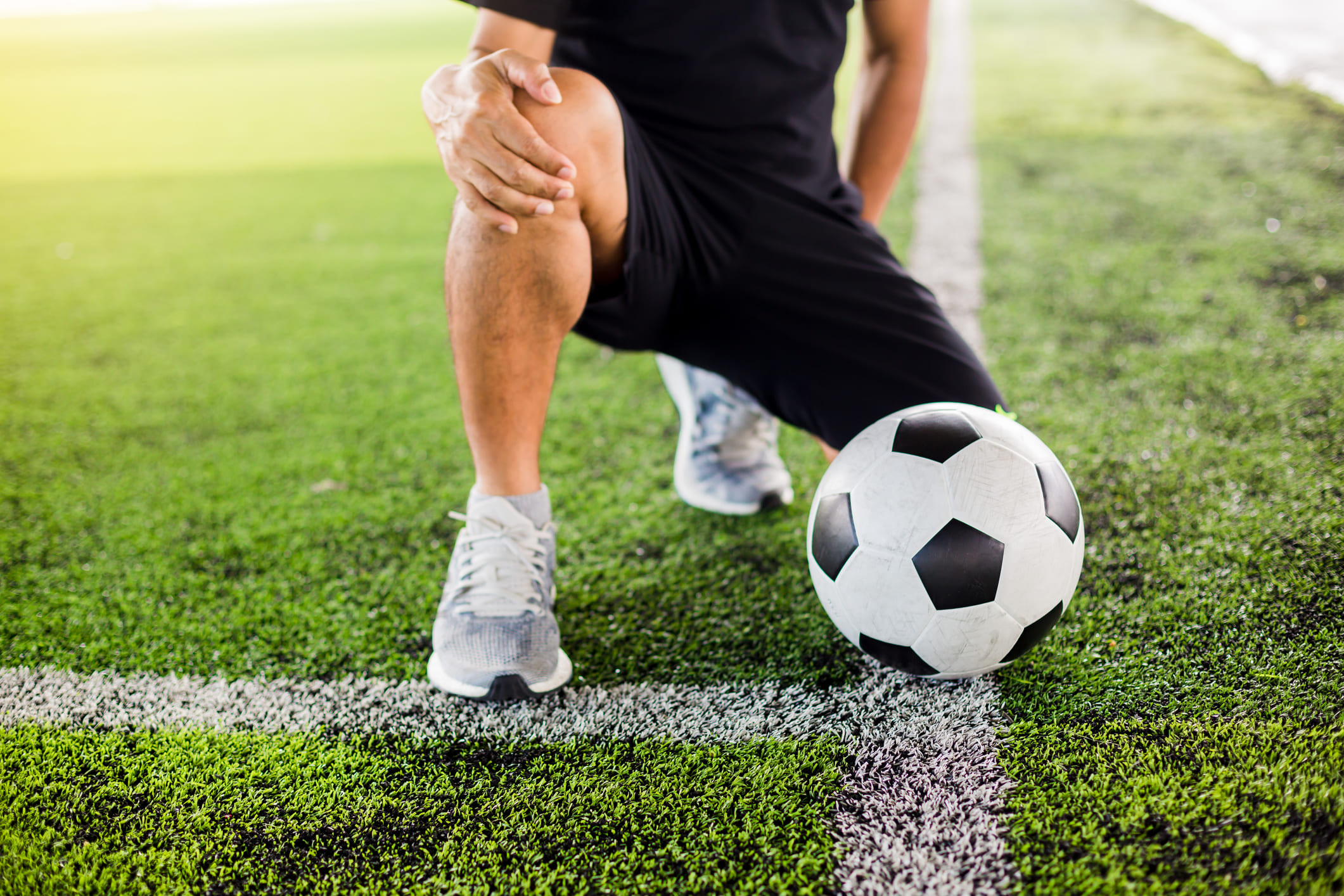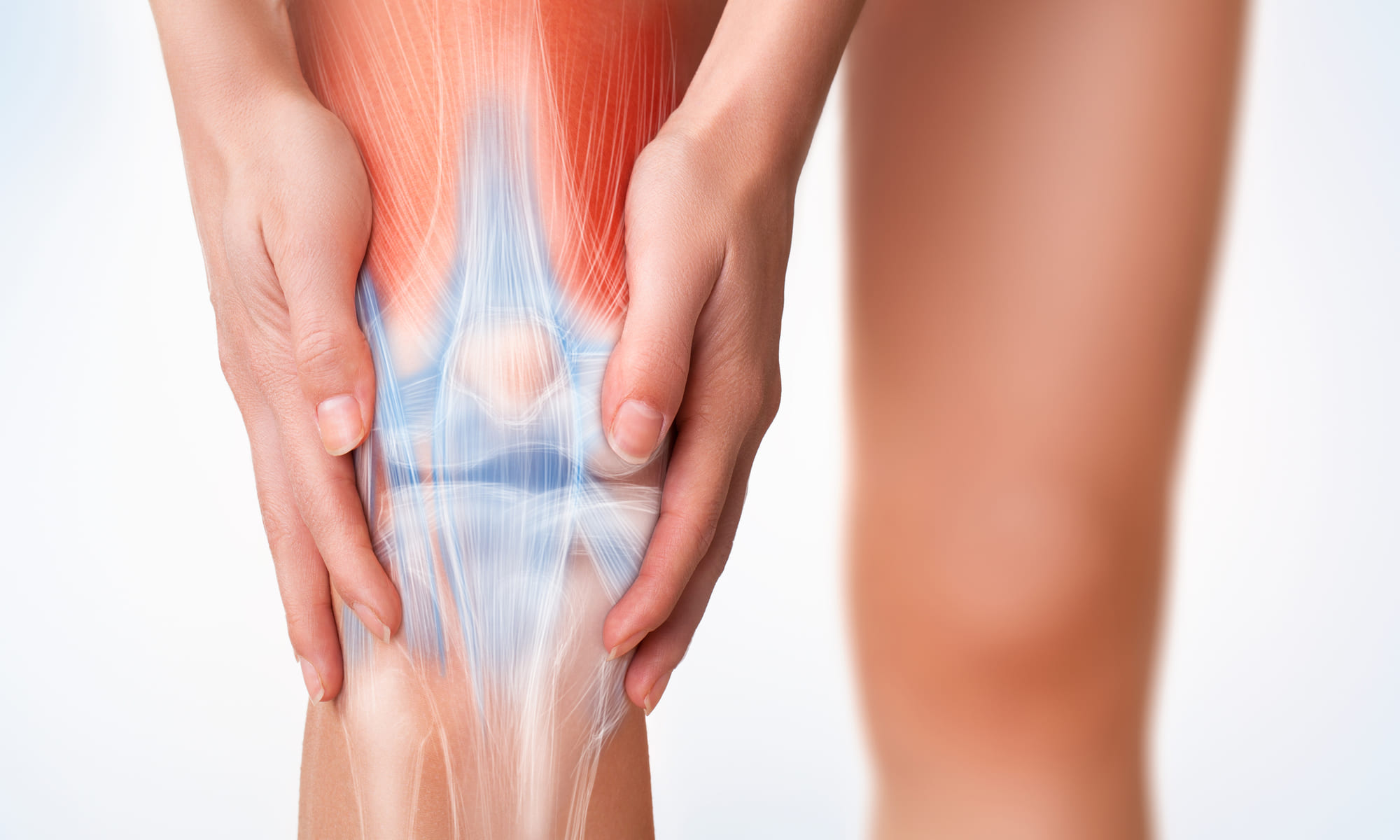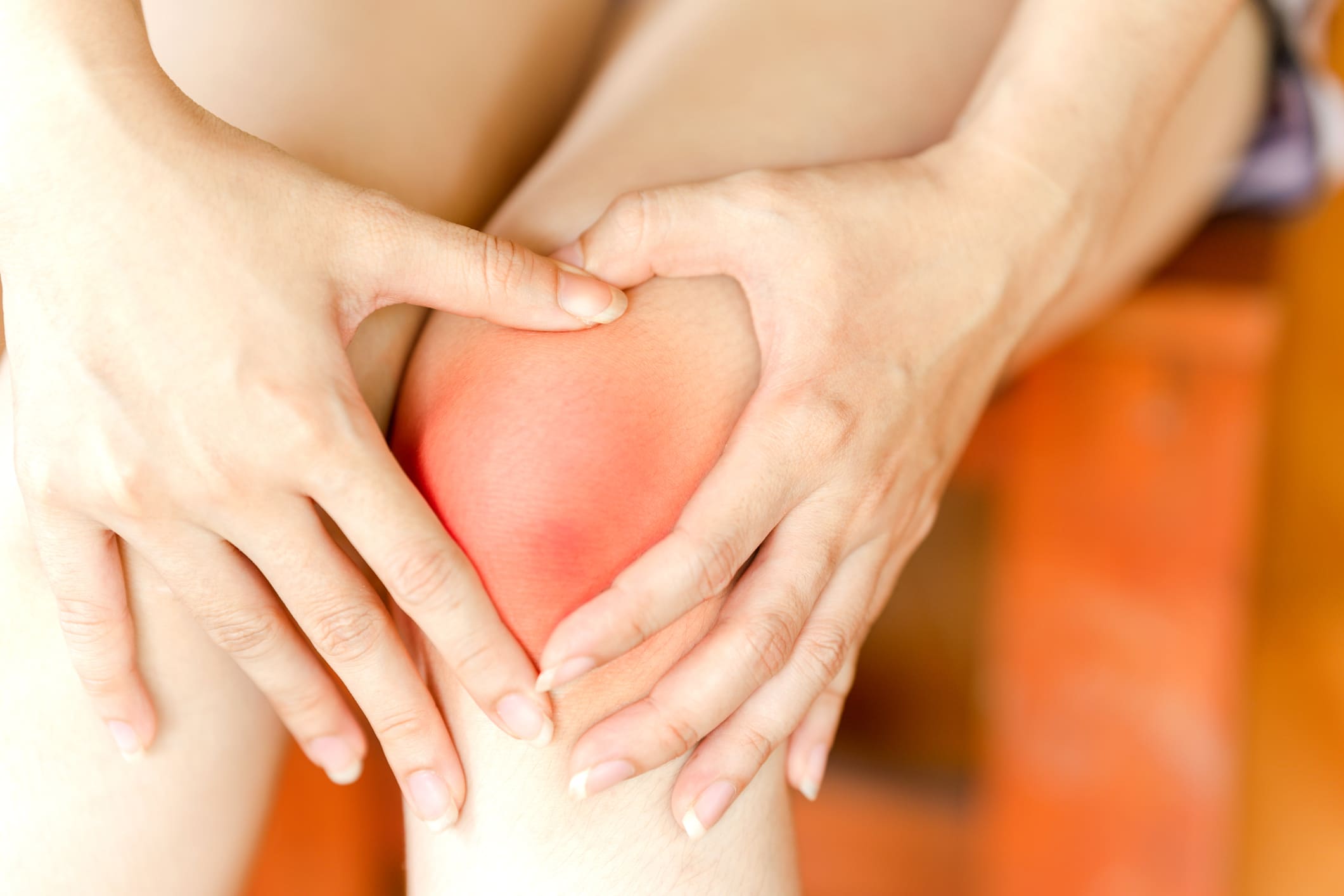Top Categories
Knee arthritis is a condition characterized by the inflammation and deterioration of the knee joint, often leading to pain, stiffness, and reduced mobility. While commonly associated with ageing, it is a growing concern among athletes who are exposed to repetitive and high-impact activities that put significant stress on the knee joints.
Whether you’re a professional athlete or someone who engages in sports recreationally, understanding the risks of knee arthritis associated with different sports can help to prevent complications from developing.
What is Knee Arthritis?
Knee arthritis is a degenerative condition characterized by inflammation and deterioration of the knee joint. The knee, a hinge joint, is where the thigh bone (femur) meets the shinbone (tibia). It plays a crucial role in movement, particularly in actions such as walking, running, and jumping.
When arthritis occurs in the knee, these movements can become painful and challenging. There are primarily three types of knee arthritis that affect athletes:
1. Osteoarthritis
Characterized by the breakdown of cartilage in the knee joint, leading to bone-on-bone friction during movement. This is the most common form and is often seen in athletes involved in high-impact or weight-bearing sports.
2. Rheumatoid Arthritis
This is an autoimmune condition where the body’s immune system attacks its own tissues, including the knee joints. Athletes with rheumatoid arthritis often experience symptoms in multiple joints.
3. Post-traumatic Arthritis
This form of arthritis develops after an injury to the knee, such as ligament tears or fractures. It’s frequently observed in athletes who have suffered significant knee injuries.
Common Symptoms Experienced by Athletes
- Pain: Usually worsens with activity and subsides with rest.
- Stiffness: Most noticeable after periods of inactivity, such as waking up in the morning.
- Swelling: May occur due to inflammation
- Difficulty in knee mobility: Bending and straightening the knee can become challenging as arthritis progresses.
Risk Factors
Several factors contribute to the likelihood of developing knee arthritis, they include:
Age
The risk of developing knee arthritis increases with age, as the cartilage naturally begins to deteriorate over time.
Genetics
A family history of arthritis can significantly elevate the risk, suggesting a genetic predisposition.
Previous Injuries
Athletes with prior knee injuries like ligament tears or fractures are more susceptible to developing arthritis later in life.
Sports-Specific Risk Factors
- Type of Sport: High-impact sports like football, basketball, and running put more stress on the knee joints, increasing the risk of arthritis. Low-impact sports like swimming and cycling are less likely to contribute to knee arthritis.
- Level of Activity: Overuse or excessive training can lead to joint wear and tear, making athletes more prone to arthritis. It’s crucial for athletes to balance their activity levels and allow sufficient time for recovery.
Knee Arthritis in Different Sports
In certain sports, the knee joint faces frequent high-impact shocks and twisting movements. To protect against potential issues, it’s essential to implement precautionary steps. These include strengthening the surrounding muscles, ensuring thorough warm-ups, and maintaining proper form and balance during activities.
Football
The knee is often exposed to sudden, high-impact forces during tackles, as well as rapid changes in direction. These factors can accelerate the degeneration of knee cartilage, making football players more susceptible to knee arthritis over time.
Basketball
The repetitive action of jumping and landing in basketball places significant stress on the knee joints. Over time, this can contribute to wear and tear of the cartilage, increasing the risk of developing knee arthritis.
Running
Running involves a continuous repetitive impact on the knee joints. This can lead to an accelerated breakdown of cartilage if not properly managed, making runners more prone to knee arthritis.
Weightlifting
Weightlifting puts substantial loads on the knee joints, especially during exercises like squats and deadlifts. The heavyweight can compress the knee cartilage, potentially leading to faster degeneration and an increased risk of arthritis.
Tennis
The quick lateral movements required in tennis can strain the knee joints, particularly the cartilage and ligaments. Such constant stress makes tennis players more susceptible to developing knee arthritis over time.
Diagnosis and Treatment

Several tests will aid in verifying the diagnosis and specific type of knee arthritis you may be dealing with. These tests include:
Common Diagnostic Methods
- X-ray: One of the most common initial diagnostic tests, X-rays provide images that can reveal structural changes, such as joint space narrowing or bone spurs, associated with knee arthritis.
- MRI (Magnetic Resonance Imaging): An MRI offers a more detailed view of the knee’s soft tissues and cartilage, making it useful for assessing the severity of the condition.
- Physical Examination: Doctors often perform a thorough physical exam, assessing the knee’s range of motion, stability, and any signs of inflammation or deformity.
- Patient History: A comprehensive medical history, including the type of sport and the level of activity, can provide valuable insights into the possible causes and severity of the knee arthritis.
Treatment Options
- Medication: Coreflex injections, which consist of local anesthetic, anti-inflammatory agents, and muscle relaxant can provide targeted pain relief from inflammation with minimal downtime.
- Physical Therapy: Exercises can help strengthen the muscles around the knee joint, improving stability and potentially alleviating some symptoms.
- Lifestyle Changes: Weight loss and activity modification can be significant in reducing knee stress and slowing down the progression of arthritis.
Your sports medicine specialist may use advanced diagnostic tools like dynamic ultrasound and gait analysis to develop an individualized treatment plan. Sports medicine specialists often devise preventive strategies that may include strength training, biomechanical corrections, and modifications to training regimens.
Prevention Tips
Lifestyle Changes and Exercises
- Maintaining an optimal weight to reduce stress on knee joints
- Eating an anti-inflammatory diet rich in omega-3 fatty acids and antioxidants
- Avoiding activities that excessively strain the knees
- Regular exercise aimed at strengthening the muscles around the knee, such as quadriceps, hamstrings, and calf muscles, can also provide added stability and reduce wear and tear. Incorporating low-impact aerobic activities like swimming, cycling, or using an elliptical machine can maintain fitness levels while minimizing knee stress.
Importance of Early Diagnosis and Treatment
Athletes should consider regular check-ups and screenings that may include imaging tests like X-rays or MRIs to detect early changes in knee joint structures. Early diagnosis allows for early intervention, which can significantly slow down the progression of arthritis and reduce the severity of symptoms. Treatment in the early stages often involves less invasive methods such as physical therapy, minimally invasive or non-invasive treatment approaches, and lifestyle adjustments, which are generally more effective and less disruptive than late-stage surgical interventions.
Conclusion
Understanding knee arthritis risks in various sports can help athletes to manage their joint health. Early diagnosis and customized treatment plans can also significantly impact disease management and quality of life. We encourage athletes to consider consulting with a sports medicine specialist for personalized care and prevention strategies.
Read more about knee arthritis treatment here:
https://msmc-clinic.com/conditions/knee-arthritis-treatment-singapore/



